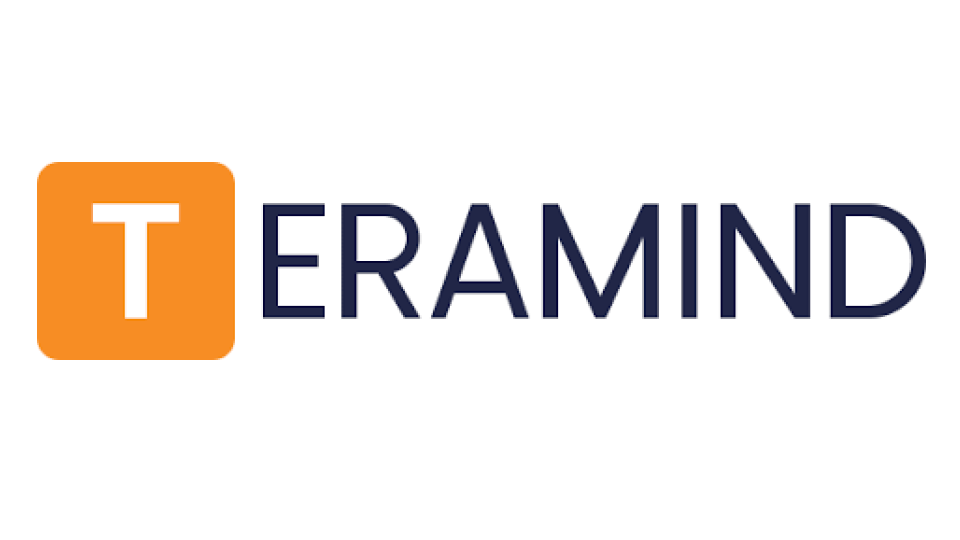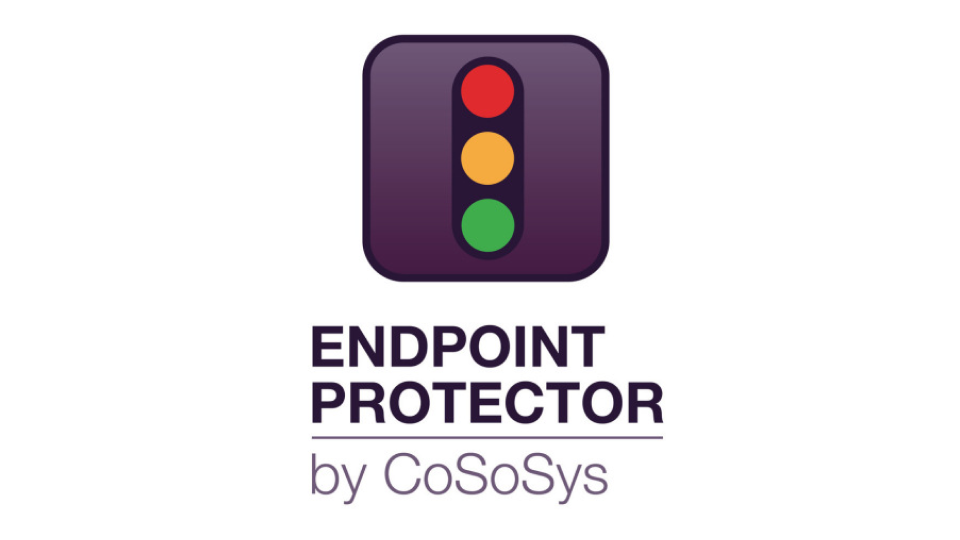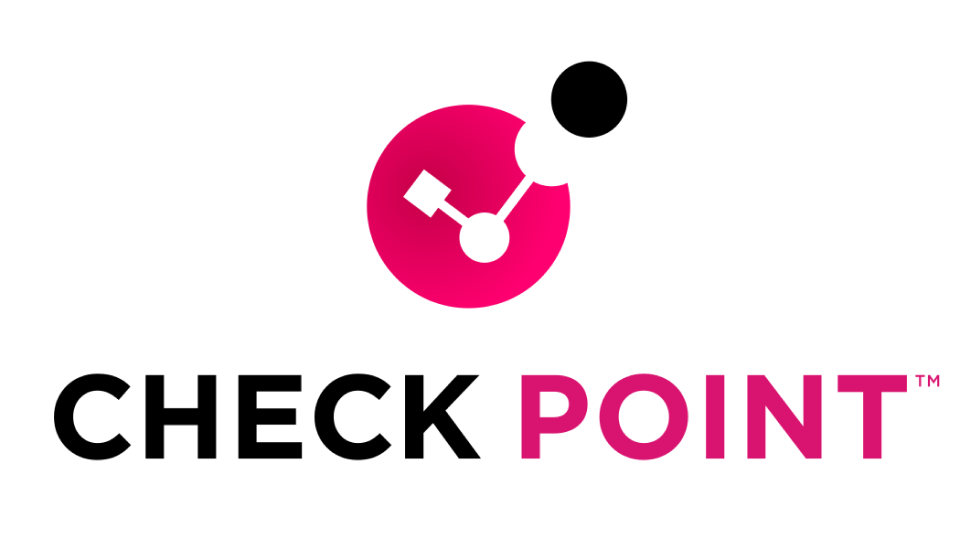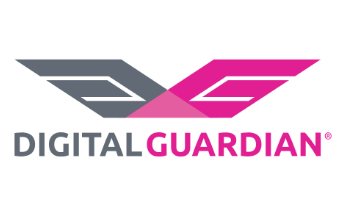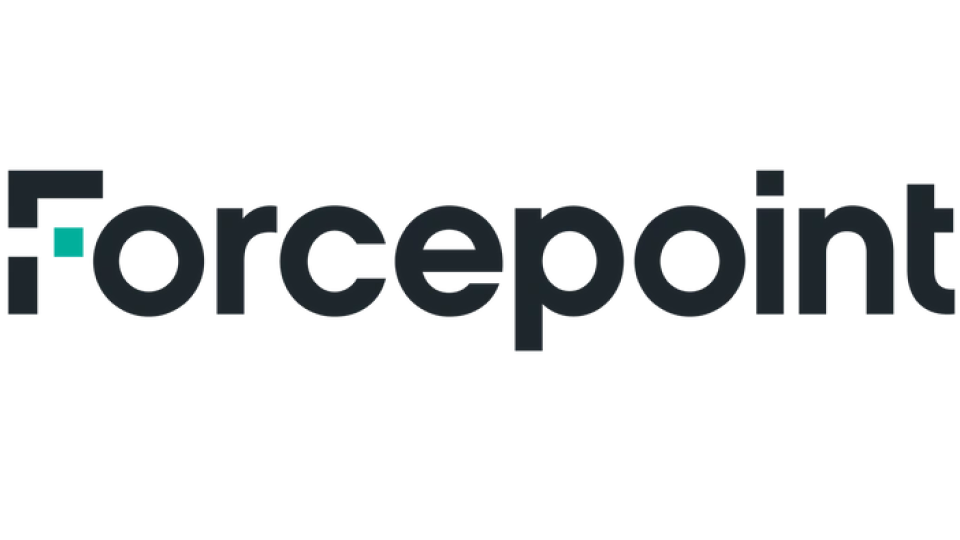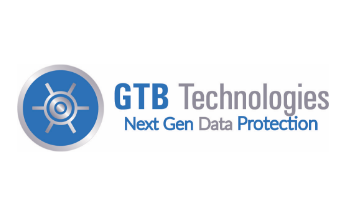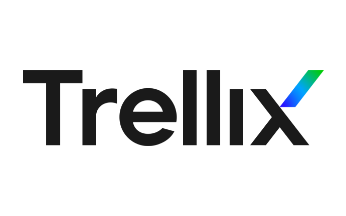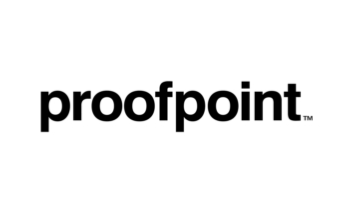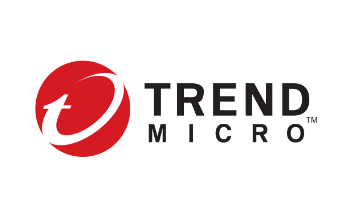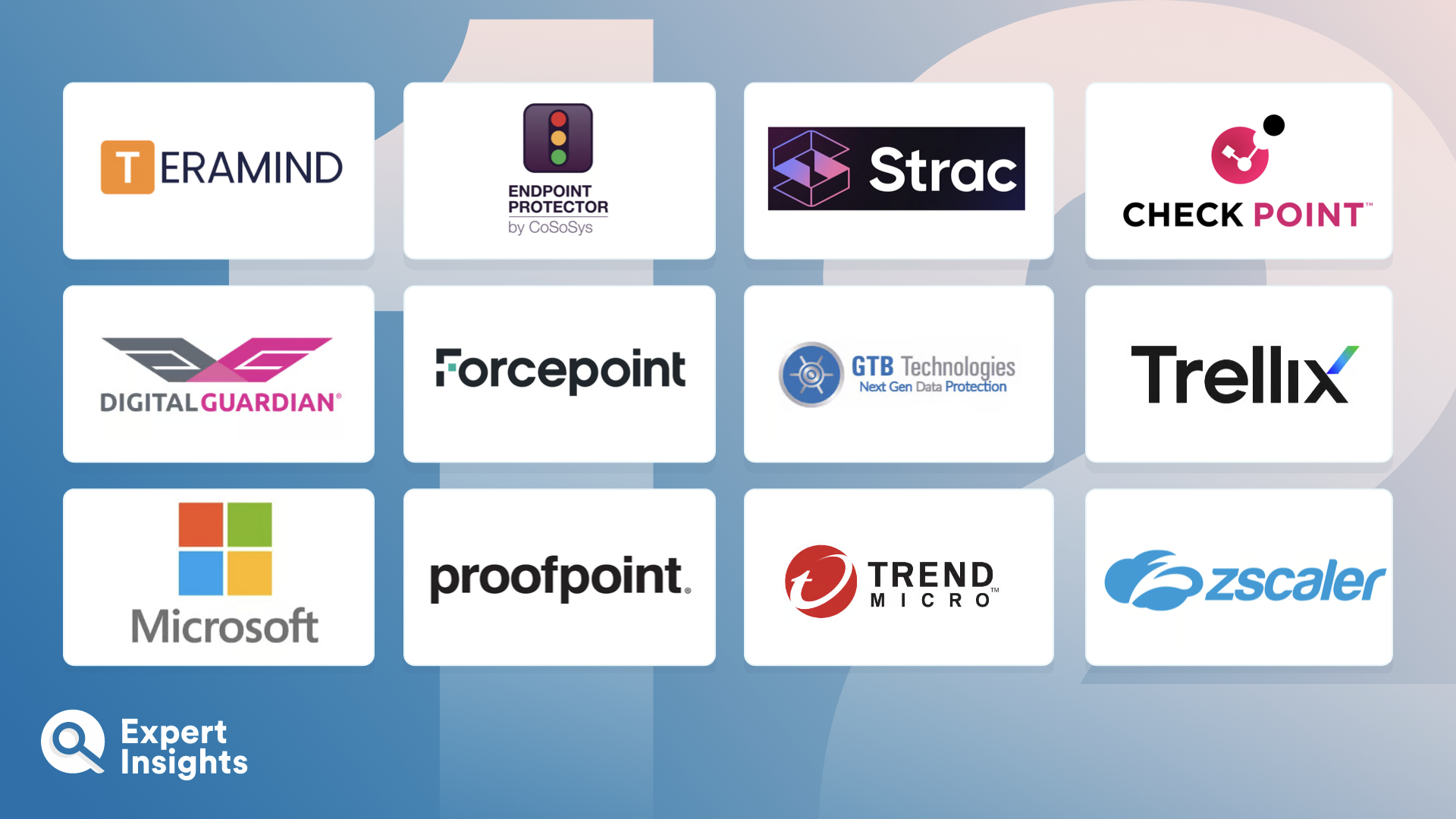Data Loss Prevention (DLP): Everything You Need To Know (FAQs)
What is Data Loss Prevention?
Data loss prevention (DLP) is about protecting data and refers to a set of processes and technologies designed to ensure data stored by an organization is not lost, misused, or exposed to unauthorized users by end-users or misconfiguration. This is a practice that aims to boost information security and ensure that businesses are protected from data breaches, which is done by preventing users from moving key information outside of the corporate network.
Data loss prevention refers to tools that allow network administrators to oversee and monitor data that end users can access and share. Data loss prevention tools work also to classify regulated, confidential, and business-critical data. It works to identify violations of policies set out by the organizations or within a predefined policy of defined solution, generally driven by compliance regulations like HIPAA, PCI-DSS, PIPEDA, and GDPR.
If the data loss prevention software identifies those violations, it can enforce remediation through alerts, encryption, and other protective actions in place to stop end users from accidentally — or maliciously — sharing data that could put the organization at risk.
How Do Data Loss Prevention Solutions Work?
DLP (data loss prevention) systems have proven to be highly effective in protecting companies’ sensitive data. DLP systems monitor and control endpoint activities, filter data streams on corporate networks, and monitor data at rest, in motion, and in use. They also typically provide reporting capabilities, helping to facilitate meeting compliance and auditing needs, and making it easier to identify any weak areas or anomalies for better data security and more efficient incident response.
These solutions have earned their place in the information security ecosystem over the last 20 years through extensive automation, the application of machine learning, and a noticeable reduction of server load. The gap in the security market that these solutions filled emerged when banks and major corporations began accumulating confidential and critical information from their customers, which gradually began leaking into the public domain due to poor access control or a lack of data loss prevention policies.
The resulting government scrutiny gave rise to ad hoc legislation, and further down the line to international standards. The next step in this evolution was the bolstering of anti-fraud protections within corporations, with DLP software fulfilling the role of surveying employees’ communications and blocking any suspicious activities.
Many organizations choose to deploy data loss prevention software for more comprehensive protection, which can support the organization’s data retention policies and data leak detection efforts by allowing them to restrict access permissions to access information assets. Data loss prevention solutions use data classification labels and tags, content inspection techniques, and contextual analysis for data identification, and to recognize actions relating to the use of that content.
The solution monitors all data storage and data activity to evaluate the appropriateness of actions attempted by users against a predefined data loss prevention policy. This policy should set out parameters regarding accepted usage, in appropriate contexts, for specific content types or classifications.
Data loss prevention solutions also help organizations to monitor activity on workstations, servers, and networks (including who is accessing or copying certain files or taking screenshots of the information), audit information flowing in and out of the organizations (including those from remote workers on laptops and over mobile devices), and have control over the number of information transfer channels (like flash drives and instant messaging apps) are in use, which includes the interception and blocking of any outgoing data streams.
DLP solutions are primarily deployed to solve the following issues encountered by organizations:
- Intentional data leaks – These are breaches caused by the deliberate malicious actions of insiders.
- Unintentional data leaks – These breaches are accidental and occur as a result of honest mishaps by employees.
- Compliance regulations – There are certain security standards in place to govern the handling of sensitive or critical information, intellectual property, personally identifiable information, etc., which can differ depending on the industry and which needs must be met.
- External threats – These are the big scary threats that make headlines in the news, such as phishing attacks, viruses, and ransomware. Cybercriminals are getting better all the time at infiltrating organizations and stealing or encrypting sensitive information.
Not all DLP tools and DLP vendors take the same approach in their effort to protect sensitive data. Important points to consider when evaluating data loss prevention software is to 1) define your organization’s DLP strategy so that any data loss prevention products you evaluate can be measured against the organization’s specific needs and 2) identify any pre-existing data loss prevention capabilities provided by the security products already in use.
What Key Capabilities Should You Look For In A Data Loss Prevention Solution?
At a minimum, a DLP solution should include features that enable the discovery and classification of data at rest, data in motion, and be able to remediate based of data activity. Organizations should also consider prioritizing capabilities like real-time monitoring and analytics, automated workflows, and tech stack integration to ensure comprehensive coverage and smooth operations.
For comprehensive DLP coverage, there are three main capabilities that make everything work effectively, which are:
1) Discovering sensitive data on the network. The foundation of DLP coverage is the ability to discover and control all your data at rest. You cannot prevent the loss of data that you don’t know exists, so any solution you implement will need strong data discovery capabilities.
2) Classify data based on its type. Efficiency is important and by classifying your data automated workflows can be implemented based on the data’s characteristics and level of sensitivity. Doing this will also make it more straightforward to oversee your analytics by letting you view data under specific classifications, instead of all at once.
3) Fast-acting remediation. To truly protect your data and prevent data loss, your solution should be capable of doing more than just monitoring. It should also be able to act and remediate, which includes replacing, modifying, cleansing, or deleting data as needed.
What Is A Data Breach?
A data breach is an incident where sensitive or confidential information is improperly accessed. Data breaches have been around for as long as storing data has existed; data breaches were once physical threats. Now, data breaches look very different. They are digital attacks that are continually evolving to navigate advanced cybersecurity measures.
What Are DLP Vendors?
Security vendors such as Symantec, GTB Technologies, Proofpoint etc. have, as part of their suite of security solutions, a data loss prevention offering that is designed to manage and protect both data in use (endpoints), data in transit, and data at rest.
Organizations today are relying on an ever-growing stack of security vendors to meet their security needs. An increase in vendors inevitably leads to an increase in complexity, which can end up having a negative effect. If a security stack is too diverse or too complex, it may be improperly configured and therefore have loopholes or vulnerabilities. Consolidating data protection in a single, reliable solution delivers a simplified solution to the problem and allows organizations to reach their goal of protecting their sensitive data.



